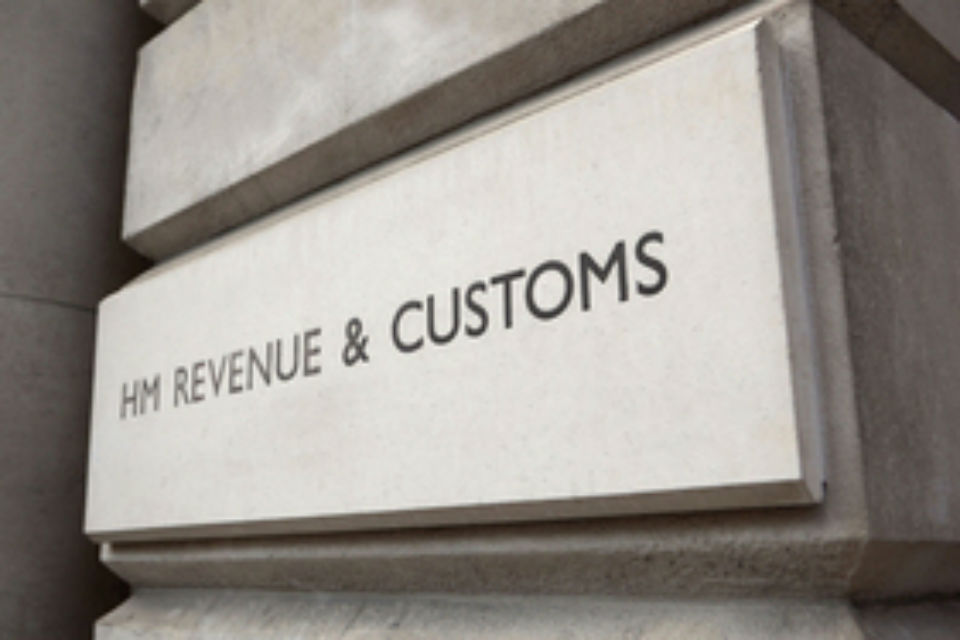Government Property Agency chief tells MPs that previous assumptions about buildings being two-thirds full have been reset
Credit: Pixnio
New high-tech civil service offices will be 25% smaller than originally planned in the next waves of the government’s hubs programme of lower occupancy rates following the coronavirus pandemic, MPs have been told.
Government Property Agency chief executive Steven Boyd told the Public Accounts Committee that the GPA has rolled out a monitoring system related to GovPass security passes that is providing real-time data on office occupancy in 24 government buildings, in conjunction with Wi-Fi monitoring. He said the system is expected to cover 60 government buildings by the end of the current financial year.
Insights gained from data analytics has helped reset the benchmark for occupancy levels to 50% – a figure which may well be reduced further, according to Boyd.
The GPA chief said the first phase of the hubs programme – led by HM Revenue and Customs, which in 2019 described the locations as “the most digitally advanced buildings in government – had been based on two-thirds of staff being present at their assigned workplace on any given work day.
“An awful lot of research was taken in deciding how to build and design those buildings with soundings taken across the private sector to get good solutions, particularly focusing on inclusive environments and productive space for all the civil servants using those environments,” Boyd said of the first phase of the hubs programme. “Many of those things have turned out to be very well delivered and effective. But the change in working patterns following the Covid pandemic has meant there are less people regularly working from the office than there were before and so we now know that those buildings are rather larger than they originally needed to be.”
Related content
- Government to move 2,500 officials to ‘digitally enabled’ Manchester hub
- DCMS unveils Mancunian hub for 400 staff
- MoJ poised to move scores of digital staff out of London
He added: “In respect of phase two, we’ve changed our plans. We’re assuming that hubs delivered in phase two will be 25% smaller than they would have been if we were making the plan pre-Covid to take account of those changed working patterns.”
Boyd acknowledged that there is space in the phase-one hubs that is not required by HMRC that is now being made available to other departments. He cited Queen Elizabeth House in Edinburgh as one example, where staff from 16 departments are now based.
He said the pre-Covid assumption that two-thirds of staff would need to be accommodated at their principal workplace was in line with private-sector levels.
“We’ve seen a change in working patterns,” he said. “The private sector is also seeing a change in working patterns. I don’t think we have yet got to a point where that has settled out. But it’s clearer than it was before. We’ve now made an assumption that there will now be half, rather than two-thirds, on any given day, and that’s a reduction of 16 percentage points.”
Boyd said it is the role of departments, rather than the GPA, to determine what the right level of office attendance is.
“Currently 50% seems to be right in some places, and in other places it seems to be possibly too high,” he said. “If that was a trend that continued for a while, we’d have to make some changes there.”
Boyd added that offices in Whitehall seem to have a higher level of attendance than in other parts of the country.



